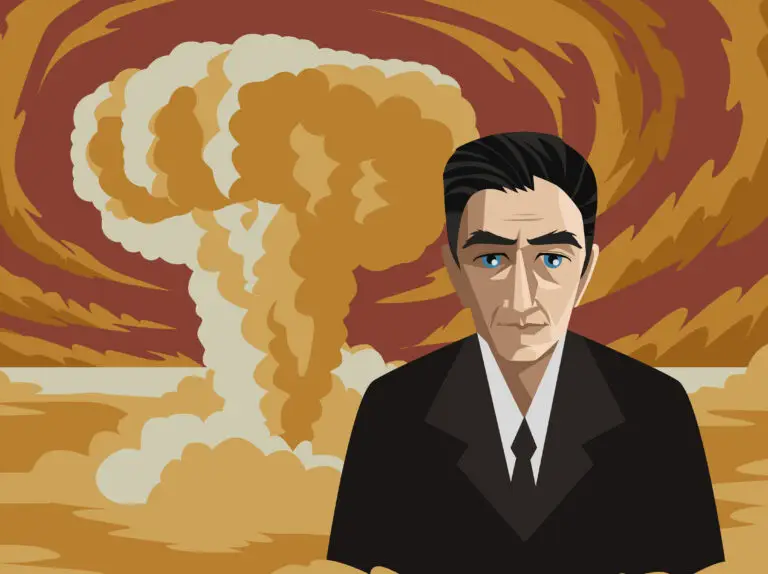Manhattan Project

Table of Contents
Manhattan Project Overview
The Manhattan Project was a top-secret research and development project during World War II that produced the first nuclear weapons. Initiated in 1942, the project was led by the United States with the support of the United Kingdom and Canada. Its primary objective was to develop atomic bombs before Nazi Germany, which was feared to be working on similar weapons.
The project’s most notable achievement was the successful detonation of the first atomic bomb on July 16, 1945, near Alamogordo, New Mexico. This led to the subsequent bombings of Hiroshima and Nagasaki in Japan in August 1945, hastening the end of World War II.
The Manhattan Project is considered one of the most significant scientific and engineering endeavors in history. Still, it also raised profound ethical and moral questions about the use of nuclear weapons and their long-term consequences.
Manhattan Project History
The Manhattan Project was a top-secret research and development project during World War II aimed at developing the first atomic bombs.
The project was initiated in 1939, following German scientists’ discovery of nuclear fission, and was led by the United States with contributions from the United Kingdom and Canada.
The project’s code name, “Manhattan,” originated from its early days when it was headquartered in Manhattan, New York City, under the direction of the U.S. Army Corps of Engineers.
Major scientific figures involved in the Manhattan Project included physicists J. Robert Oppenheimer, Enrico Fermi, and Niels Bohr, among others.
The main goal of the Manhattan Project was to produce a functional atomic bomb before Nazi Germany, which was believed to be pursuing similar research.
The project involved the construction of several research and production facilities, including the primary laboratory in Los Alamos, New Mexico, where the bomb’s design and development were coordinated.
The Manhattan Project faced significant technical challenges, including enriching uranium and producing plutonium, both of which are necessary components for nuclear weapons.
The first successful test of an atomic bomb, codenamed “Trinity,” took place on July 16, 1945, in Alamogordo, New Mexico, confirming the viability of the project’s efforts.
The atomic bombs developed under the Manhattan Project were dropped on the Japanese cities of Hiroshima and Nagasaki on August 6 and 9, 1945, respectively, leading to Japan’s surrender and the end of World War II.
The Manhattan Project is considered one of the most significant scientific and technological achievements of the 20th century. Still, it also raised ethical and moral questions about the use of atomic weapons and the implications of nuclear proliferation.
Related Links
Atomic Bomb
Cold War
Vietnam War
World War II